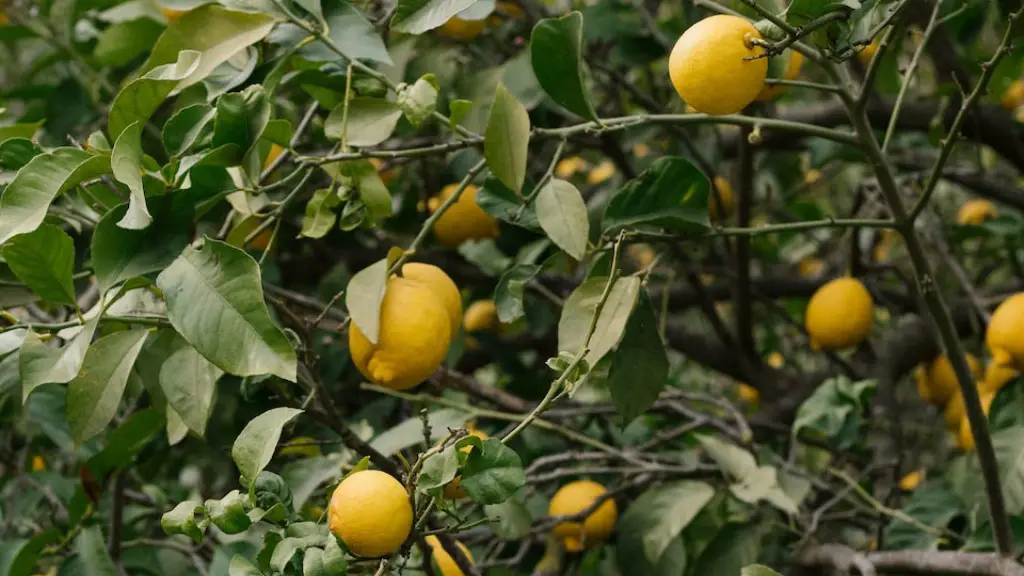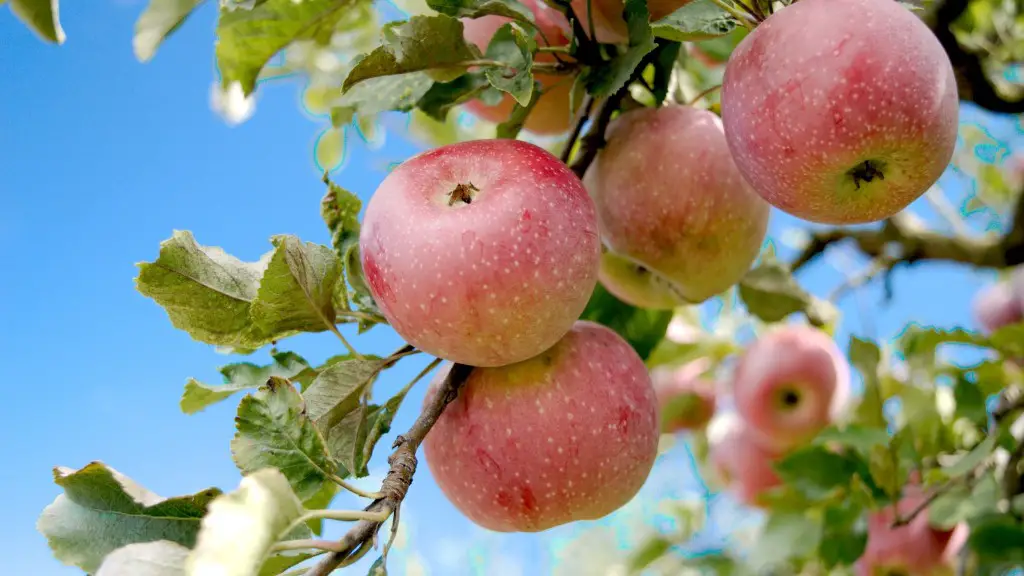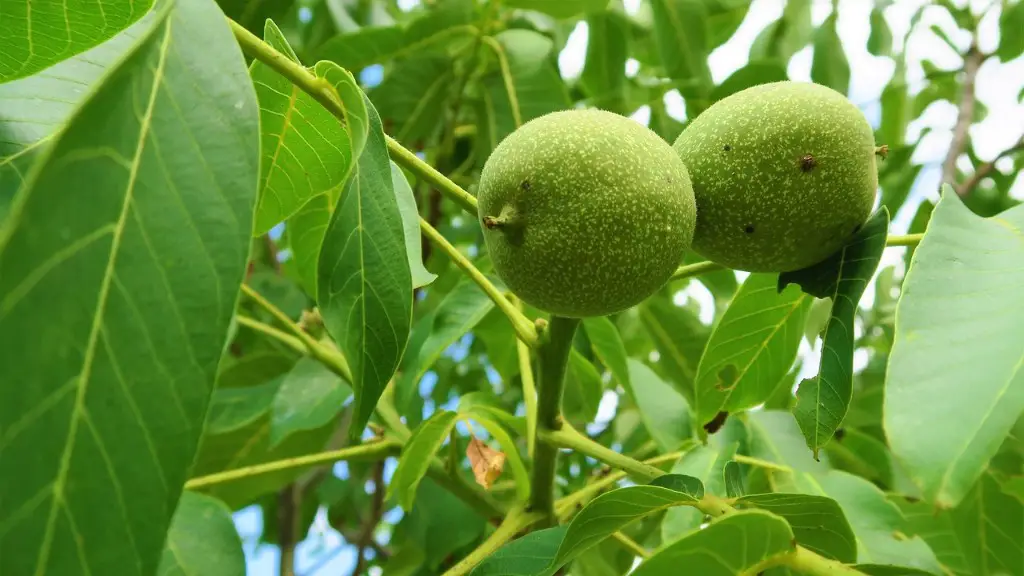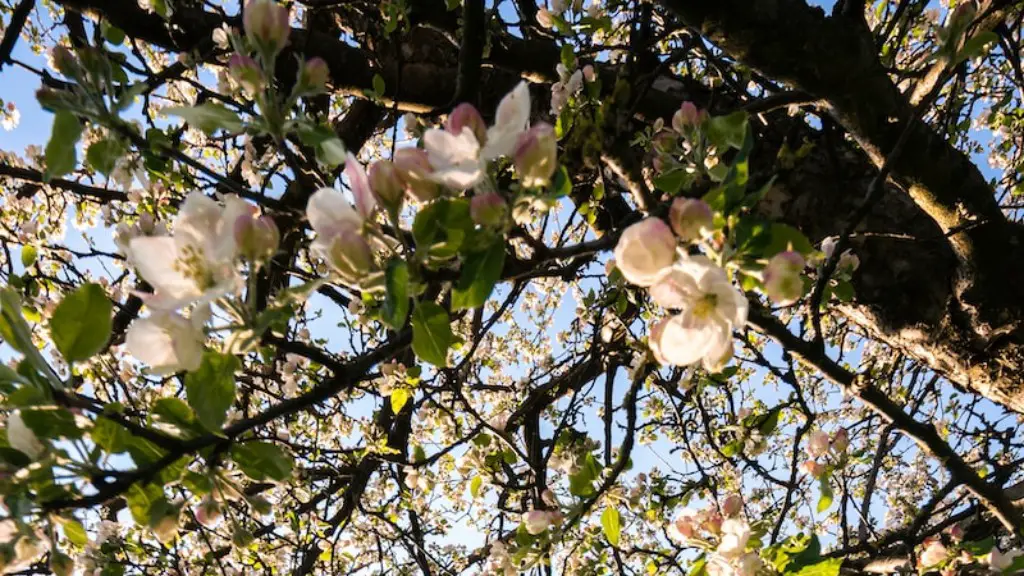Avocados are some of the most nutritious fruits and more than half the world’s population consumes it every day. With a surge in production, more and more avocado trees are being grown, especially in countries that experience harsh summers. Avocado trees are especially susceptible to heat and can suffer greatly if not cared for correctly. Below, we’ll discuss some tips on how you can protect the trees in your own orchard from the heat.
Firstly, one important way to protect your trees is to make sure they are properly watered and fertilized. Avocado trees require plenty of water and nitrogen-rich fertilizer to survive under high temperatures. During the summer, try to water your trees every two to three days. However, be sure not to overwater them as this can lead to root rot and other health concerns. Also, adding a compost layer around the tree can help keep the soil moist and cool, allowing for more efficient water absorption.
Another important tip is to mulch your trees. Mulching helps keep the heat from penetrating the soil and reaching the tree’s roots. Make sure to use organic mulch such as hay, leaves or grass clippings and lay a one to two inch layer around the tree base. Additionally, it’s important to remove any weeds surrounding the tree. This will help reduce competition for nutrients and water.
Another technique to protect avocado trees from the heat is to shade them when possible. Use pieces of tree branches, leaves or plastic sheets to provide some shelter from the sun. Alternately, you can even spray the leaves with a mix of water and molasses or honey to form a protective coating. Since the scorching sun can cause leaves to burn and fall off, make sure to keep a regular eye on the tree’s leaves and stem.
Finally, pruning is essential in hot climates. Pruning helps serve two main purposes of protecting your tree from the heat: it allows for increased airflow and opens up the canopy to sunlight. Make sure to clean the pruned area with pre-mixed bleach and water solution to avoid any infection from the cut part. Don’t forget to sanitize your pruning tools after every use.
Importance of Soil Quality
Growing avocado trees in hot climates require careful attention from the gardener. One of the most important but overlooked areas of care is soil quality. Avocado trees require adequate drainage and should not stand for more than four hours in standing water. It is important to have a well-drained soil with plenty of organic matter. This can be achieved by adding compost and organic mulch. To make sure the tree never goes without water, you can also add 2-3 inches of straw around the tree base.
Healthy and matured avocado trees absorb mineral nutrition from the soil through their roots. It is important to monitor the pH level of the soil and ensure it remains between 6.0 and 6.3. If the soil requirements are not met, the tree’s leaves may start yellowing which damages the overall quality of the fruit. Furthermore, using biostimulant products like yucca extracts and seaweed meal is recommended to help the tree better manage water stress and stresses due to high temperatures.
Additionally, it is important to keep the soil aerated and free from weeds. Try to turn the soil twice a year to keep it full of life and movement. Removing any weeds from the base of the tree will also improve aeration and maximizes the amount of water and nutrients that are absorbed.
Looking for Signs of Stress
Another important factor to take into account when protecting your avocado tree from the heat is to look for signs of stress. This can include yellow or wilting leaves, brown spots on the avocado leaves or even discoloration on the tree bark. These are all signs that the tree is not getting enough water or nitrogen.
Similarly, it is important to keep an eye on the soil level. If the soil is too dry, the avocado tree won’t be able to absorb enough nutrients and water. An easy way to identify this is by poking a finger into the soil and looking for dampness below. If the soil feels dry, it is recommended to add a layer of mulch or compost to help absorb more moisture.
Lastly, it is important to avoid overwatering the tree as this can cause root rot, fungal infections and other problems. It’s best to water the tree in the morning when temperatures are cooler. It is also recommended to water the soil rather than the tree’s leaves as this can create bacteria that can be harmful to the tree’s health.
Humidifier Usage
For gardens in particularly hot climates, installing a humidifier can help improve the air quality and keep the trees cool. A humidifier works by adding moisture to the air, thus lowering the temperature and creating a more comfortable environment for the tree to thrive. It is best to use a humidifier to keep the humidity level between 40-45%. Installing a humidifier can greatly reduce the need for water, as the air will be able to hold more moisture for the tree to absorb.
Moreover, be sure to have proper ventilation in the space. Good air circulation will help reduce the heat levels in the area and can also reduce the amount of pests that can be harmful to the tree. Fans can be a great tool to keep the space well-ventilated as they help create a breeze which cools the area.
Finally, it is important to maintain shallow soil in the garden. This helps increase air intake and helps the air circulate beneath the tree. Shallow soil also helps the tree absorb more light, as well as access more nutrients. Furthermore, it can help water infiltrate the soil more efficiently and increase the amount of oxygen present.
Fertilizing Strategies
Fertilizing is essential in the upkeep of any garden, especially avocado trees in hot climates. The best way to fertilize avocado trees is with organic fertilizers that are specifically formulated for avocado trees. It is important to fertilize your trees every four-to-six weeks during the growing period. During the winter months, you can reduce the frequency of fertilization to every six-to-eight weeks.
Finally, when fertilizing your trees, it is important to keep an eye on the levels of nitrogen, phosphorus, and potassium. A balanced amount of these three elements will help the tree thrive during the hot summer months, as well as during harsh winter months. Moreover, a balanced nutrient profile will also help promote healthy fruits and leaves.
Overall, protecting your avocado tree from the heat is essential for its health and longevity. The key is to observe the tree closely and look for signs of stress or damage. By following the tips mentioned above, you should be able to keep your tree happy and healthy throughout the year.
Providing Shade
Providing shade is a great way to help protect your avocado tree from the heat. Use pieces of tree branches and plastic sheets to provide the tree with some shade and thus help it survive the extreme temperatures. Furthermore, placing lightweight fabric around the tree can also provide some protection from wind and other elements.
Moreover, positioning the tree in a location that is not exposed to direct sun is also a great idea as it will help keep the tree cooler and regulate temperature. Planting trees near fences and walls that can block the sun’s rays can also be beneficial. Similarly, planting trees in small coves and corners of the yard where there is shade from the surrounding trees can be a great option.
Finally, it is important to remember that due to the reflection of the heat off the concrete and other structures, the air around your avocado tree can become very hot. Therefore, it is recommended to build a small wall of mulch, wood or other material around the tree to help reduce the heat.
Wind Protection
Although usually overlooked, wind can be a major contributor to heat stress in avocado trees. Wind can reduce the amount of moisture in the air, making it harder for the tree to absorb it. Therefore, it is important to provide your trees with some wind protection by building windbreaks around them.
These can be made from fence posts and materials such as plastic, fabric or hay. This will help keep the wind from blowing through the trees which reduces the amount of heat stress the tree receives. Additionally, it is important to regularly clean the windbreaks to prevent them from becoming clogged with dirt and debris.
It is also important to note that wind can cause the leaves of the avocado tree to dry out more quickly. Therefore, it is important to increase the amount of water the tree receives to help it cope with the wind. Furthermore, wind can also cause the soil to dry faster than normal by blowing away any moisture that is present.
Overall, there are many ways you can protect your avocado tree from the heat. With the tips and techniques above, you should be able to keep your tree strong and healthy during the hot summer months. However, it is important to remember to visit your tree regularly to monitor how it is doing and look for any signs of stress or damage.




